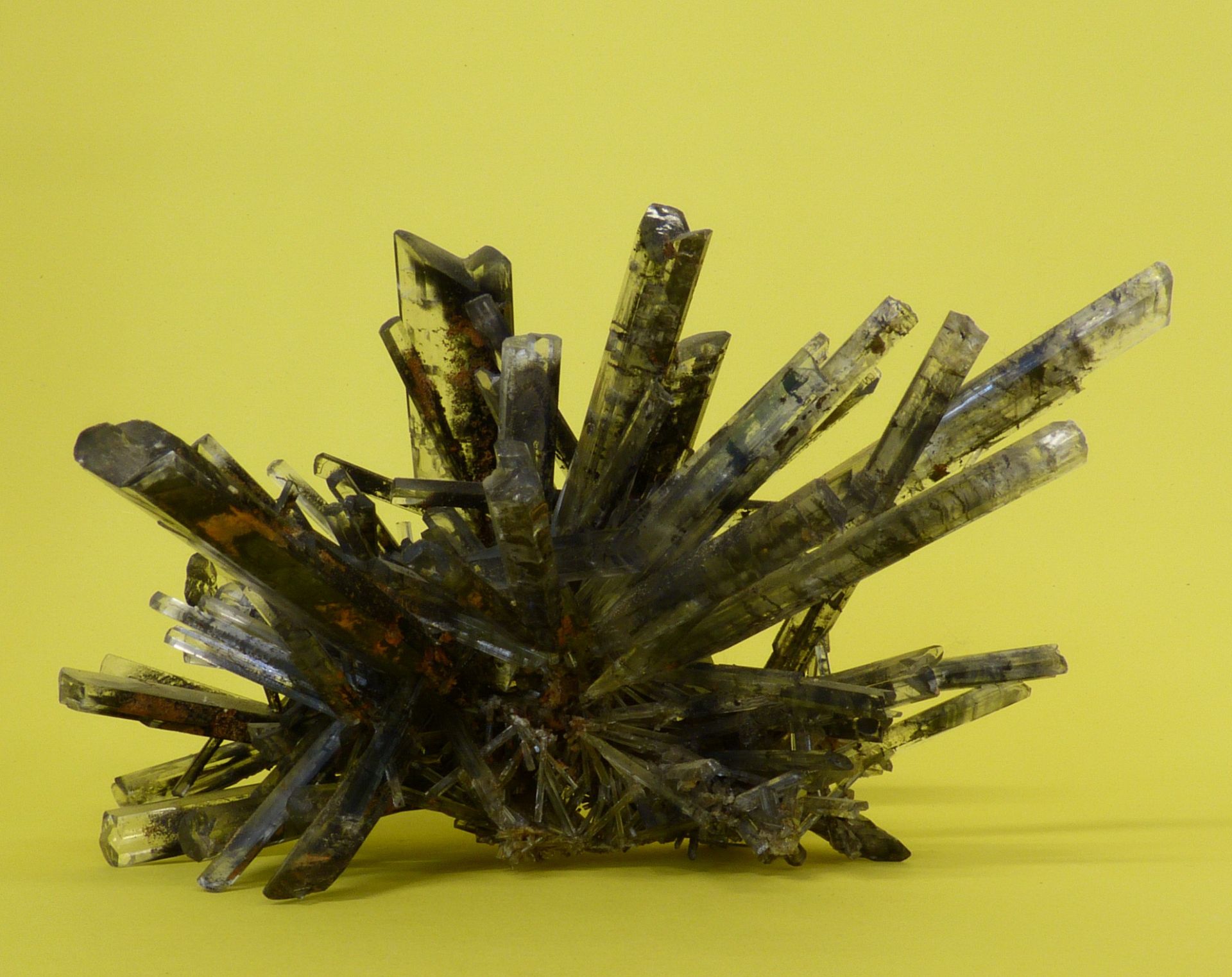
The geology of the region
The exhibition shows the typical rocks, fossils and minerals of the region. Copper shale and gypsum karst characterise the cultural landscape.
The copper shale, a sediment (rock) from the Permian geological era 250 million years ago, contains copper ore, which has been mined here since the Middle Ages, as well as fossils - mainly of trees and fish. The Sangerhausen anhydrite is a water-soluble rock. This is why there are karst phenomena such as subterranean cavities, sinkholes and stream swales (earth or swamp holes). Deposits from the Ice Age, in which the mammoth skeleton excavated by Gustav Adolf Spengler lay, can also be found.
A north-south model illustrates the geological structure of the region, which stretches from the Schwiederschwende forester's lodge in the southern Harz through the Helmet Valley and the Goldene Aue up to the Kulpenberg of the Kyffhäuser Mountains.